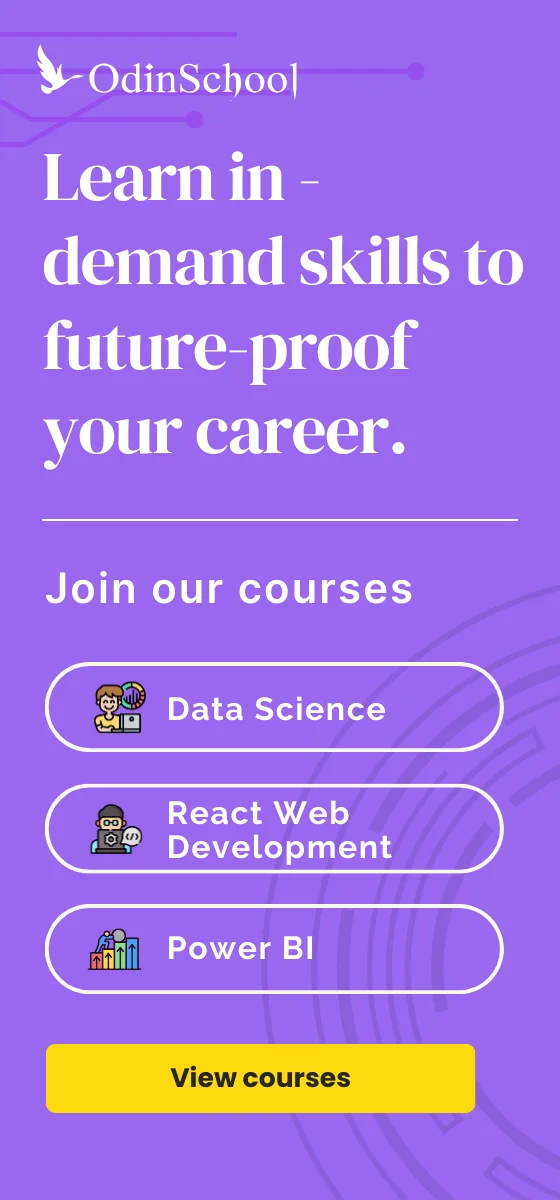Critical Thinking: The New Age Reality | OdinSchool
Summary
Table of Content
It doesn’t matter whether you think inside or outside the box, but what matters is to think differently, unconventionally, or from a new perspective.
What is the first thing that comes to your mind when you hear the word “Critical Thinking”? The obvious answer would be making rational decisions based on facts. Though this definition holds true in some way, it is still more than that.
People often say, “there’s gold in them thar hills,” which means an opportunity for something to be profitable. And critical thinking is one of them. It is among the most sought-after skills that have gained popularity in almost every industry and workplace. Moreover, it has opened the gates for new avenues.
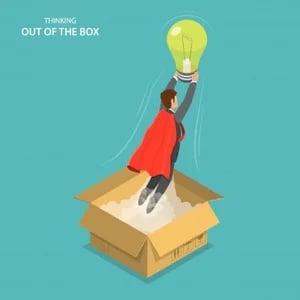
Every day we are bombarded with problems to solve and decisions to make, be it in our personal or professional life. And the quality of our solutions and decisions relies upon the information that we have.
With so much information at our fingertips, how can we scrutinize this information for better and more meaningful results? How can we judge the accuracy of certain pieces of information?
That’s where the role of Critical thinking comes into the picture. Before understanding its criticality, let’s dig deep into its basics.
What is Critical Thinking?
Today, you'll get different versions of critical thinking definitions, depending upon whom you ask. But most of you would agree to some variation of the following: It is an ability to analyze information, understands the logic behind it, and make a reasoned judgment.
For example, a child who doesn’t yet develop these skills might believe in the existence of Santa Claus. But a critical thinker can find out that the existence of Santa Claus is only limited to the imagination.
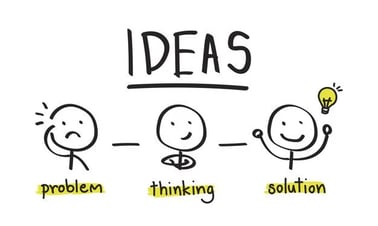
It is a continuous process that involves assessing the information which can be in the form of data, facts or figures. Often, we have seen many people assume that analytical thinking and critical thinking are the same, but that’s not quite right.
One has to understand that there is a thin line between them. Let me make it easier for you with a simple example of how a chef cooks a fantastic dish.
Critical thinking: It is the process of finding a procedure for cooking a particular dish.
Analytical thinking: It is a process of identifying the ingredients, proportions, and processes required to make that recipe. Once the dish is being cooked, judging the final recipe in relation to the set criteria.
Although they share some similarities, there are still distinct differences between the two.
Examples of Critical Thinking
The journey of critical thinking varies from situation to situation. Knowingly or unknowingly, everyone applies critical thinking skills in their daily life. Some examples include:
- A financial planner anticipating the impact of new income tax legislation on a client’s future tax liabilities.
- A teacher finds out the study materials which can help students in getting good test grades.
- A lawyer investigates, interrogates, examining, and evaluates the evidence as they seek justice.
- Entrepreneur running a business tries to find out the possible outcomes and consequences. And prepare themselves to increase sales or reduce costs.
Critical Thinking Skills You Need to Master Now

As a professional with over 7+ years of experience in writing, I had to analyze the data gathered to provide logical and accurate information to my clients. And to do that, I mastered critical thinking skills which prove to be a workplace success.
The AMA 2012 Critical Skills Survey “More than half of executives admit their employees are “average” at best in critical thinking, creativity, collaboration, and communication skills”.
While there’s no sure shot mantra on which skills should be added in the critical thinking process. But to make it simpler for you, we’ve chalked down a few important skills, and focusing on these can put you on the path to becoming an exceptional critical thinker.
1. Observation
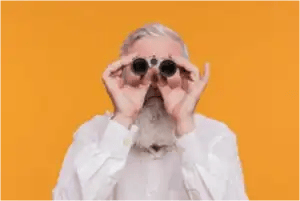
Observation is a very useful tool if you know how to use it. If your first stepping- stone is right, then the foundation of your building will be strong. So, your starting point plays an important part in developing critical thinking skills. And if it is mastered well then the sky is your limit. It’s easy to get lost in a blur of thoughts. But those who have observational skills are capable of understanding what is coming on their way.
How to get expertise:
- Improve your concentration by cutting out distractions around you.
- Test your observation by playing a memory game. You can download this award-winning brian game from apple or google play store - https://apple.co/2U781af
- Record your observation and check the same.
- Think outside the box.
2. Analysis
Once a problem has been observed, the next step is to brush up your analytical skills. It is an ability to analyze the situation based on facts, data, and information. Over the years, this skill has also emerged as one of the promising careers. For example, Data Scientist or Data analyst. To reach the right conclusion, one needs to analyze the information before them.
Later think about how this decision would impact others, as well as the bottom line. When you step back and analyze an argument, it allows you to approach it from a different viewpoint. To make it more effective, you can try SWOT analysis.
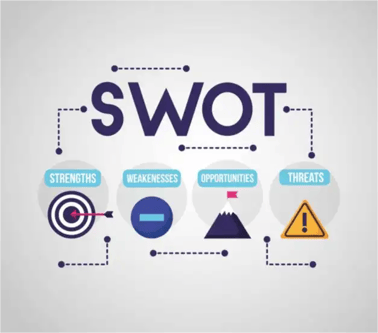
It is an incredibly simple, yet powerful tool to help you develop a powerful decision. Strengths and Weaknesses are those parameters that you can control and can change internally. For Example, who is on your team, your procedure, and your company policy.
Whereas opportunities and threats are the external environments that are prevailing outside your company, in the larger market. For Example, competitors, and customer demands.
Steps to analyze the information:
- Find out the source of the information and do a correlation by using the pivot table.
- Break down the information into small parts and analyze each section.
- Think of how the decision would impact others and what needs to be done.
You can also master this skill by doing regular exercises – from “mind games” like Sudoku, chess and computer strategy games.
3. Inference
This one holds a very essential stage in the critical thinking process. It involves drawing a conclusion based on the information you have collected and analyzed. And for that, you may need knowledge, experience, and understanding about the situation. For instance, a plumber may need to use inference skills to determine what is causing a clogged drain.
As you use your inference skills and reach out to some meaningful conclusion, ask yourself these key questions:
- Does the data help you defend against any objections? How?
- Is there any limitation on your conclusions, any angles you haven’t considered?
- Does the data support in reaching out to the conclusion?
If you find any discrepancies between the data collected and the inference you concluded, then you have to again analyze and check your data. And find out why you came to this conclusion. And whether you need to brush up your analyzing skills or inference skills.
4. Communication

James Humes had said that “The art of communication is the language of leadership”. And doing it in a correct way can lead to a meaningful conclusion and can avoid confusion. Once you improved your inference ability then the next is to polish your communication skills. It helps in explaining the issues and their possible solutions with others. Sometimes you might have to work in a team and share your understanding or inputs.
Traits of an excellent communicator:
- Active listener: To be an active listener it’s important to listen to what others have to say. In case you have any doubts, it's better to clarify at the same time. In the end, rephrase what the person says to ensure understanding.
- Interpersonal skills: also known as soft skills, or emotional intelligence skills. It's used for communicating and interacting with others.
- Explanation: The best communicator is the one who is good at sharing and explaining. If you lack this skill, then you might end up with a different solution as it arouses conflict of interest.
5. Problem Solving
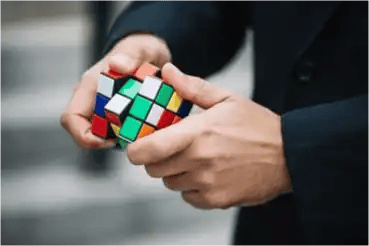
This is the last nail in the coffin. Once you have identified the problem, analyzed the supporting facts, drawn a meaningful inference, communicated the solution with colleagues, then the final step is to execute the solution. Let me explain you with an example:
Evaluate the problem – Sales need to be increased by 25%
Write down different solutions:
- Increase the markup price
- Increase the number of items offered for sale
- Decrease the cost of goods
- Increase the production
- Do competitors analysis
Select the best solution – Increase the markup
Test and review – Look at how the solution you chose is working. Here you can also apply SWOT analysis and determine whether that was the right solution or not.
Always remember every time you are in problem-solving situations go through the list of solutions and pick the one which can solve your problem. Because what works in one situation, may not work in another one. Always remember one solution usually does not fit all.
The Path Forward
Critical Thinking is a need of an hour. And to keep up with this trend one has to timely enhance their skills depending upon the situation. While most of you have these skills but taking it to the next level will help you move higher up on the ladder.
To improve your critical thinking skills, consider taking some of the following steps:
- Expand your industry-specific or technical knowledge that will easily help you identify problems.
- Analyze your influences as it has a direct impact on your thinking. Think about who in your life influences you and why?
- Determine when you do your best thinking and try to learn something new during that part of the day.
Always remember Critical Thinking is a journey, not a destination. So, keep on thinking.


